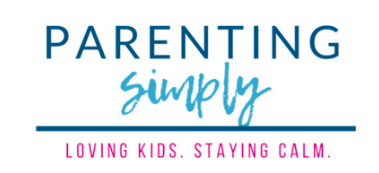By Guest Blogger:
Amy Burzinski
The Upstander Project is a program which aims to make positive behavior into regular behavior otherwise referred to as social norming. Sounds obvious, I know—except that our proclivity is to accentuate the negative. How do we get to the positive? Through social norming, which is the process of identifying and bolstering positive behaviors so that thinking and acting positively is automatic—our “default setting.” Getting our children to this place is challenging in a larger society in which sarcasm, snark and snippiness is regularly supported, many times left undeterred and mostly modeled by us adults. But it can be done.
Upstander begins with children writing acts of kindness on slips of paper. When we first started, many children identified acts that also included a benefit to themselves, such as a classmate sharing a snack. Soon, however, students were recognizing altruism. Examples included helping someone go to the nurse when they got hurt on the playground; breaking up a fight between two other peers; and telling someone to stop calling another student nasty names. As we continued to do this, we also started to see some children befriending other peers that they had previously shunned. What a remarkable turn of events!
The next part of the Upstander Project is sharing the positive acts with the class. Each week, the teacher reads all the Upstander notes that the children have written and each child is applauded by their peers. (Of course, we teachers make a conscious effort to ensure that every child is recognized for a positive action.) The kids enjoy this public recognition and look forward to acting positively and receiving more. We know this because the children themselves are telling us how they feel more positively toward a peer or peers that they had previously viewed and acted toward negatively. We see it, too: there is an observable change in peer interactions. Children love to be noticed and acknowledged when they do something right.
When students accumulate a number of up-stander notes they receive a reward. Originally, we gave the children a prize. However, following input from parents, we changed the reward from material to behavioral. We consulted with the kids: what reward would they value? We decided on special time with the teacher or school counselor. This has worked out really well: positive and warm interaction with an adult has superseded the desire for a token trophy.
What is making this approach work is the trifecta of close peer to peer involvement, active teacher/counselor engagement and feedback from parents.
First grade is an early stage to be learning these skills. We don’t yet know how the behavior of these children will be impacted later, particularly during adolescence. Will they revert? It’s so easy for kids—at any age—to engage in behavior that is hurtful. Modern technology ups the ante. Type, click, send—hurt accomplished, with the added attraction of potential anonymity. So why not be working with kids at a younger age, creating self-awareness before they gain full access to computers and phones that can transport their negative impulses at the speed of thought. I’m betting that we can succeed—and believing that we must.
“The Altruistic Personality” by Samuel P. Oliner posits that we can. The authors’ research focused on interviews with righteous gentiles, individuals who chose to save Jewish lives from imminent death during the Holocaust. What compelled them to save Jews, in many cases people they did not know, and risk putting their own lives and their families, in grave jeopardy? The interviewees described doing one small act of kindness which led them to do another.
You see, people who haven’t necessarily started off with, or in the environment of, a prosocial mindset can learn to do right. Gradually and over a period of time, observations of positive behavior developed into heroic actions. The extraordinary became ordinary—through the process we’re calling social norming.
I encourage everyone to learn about programs like Upstander and raise a next generation whose default setting is positive.


